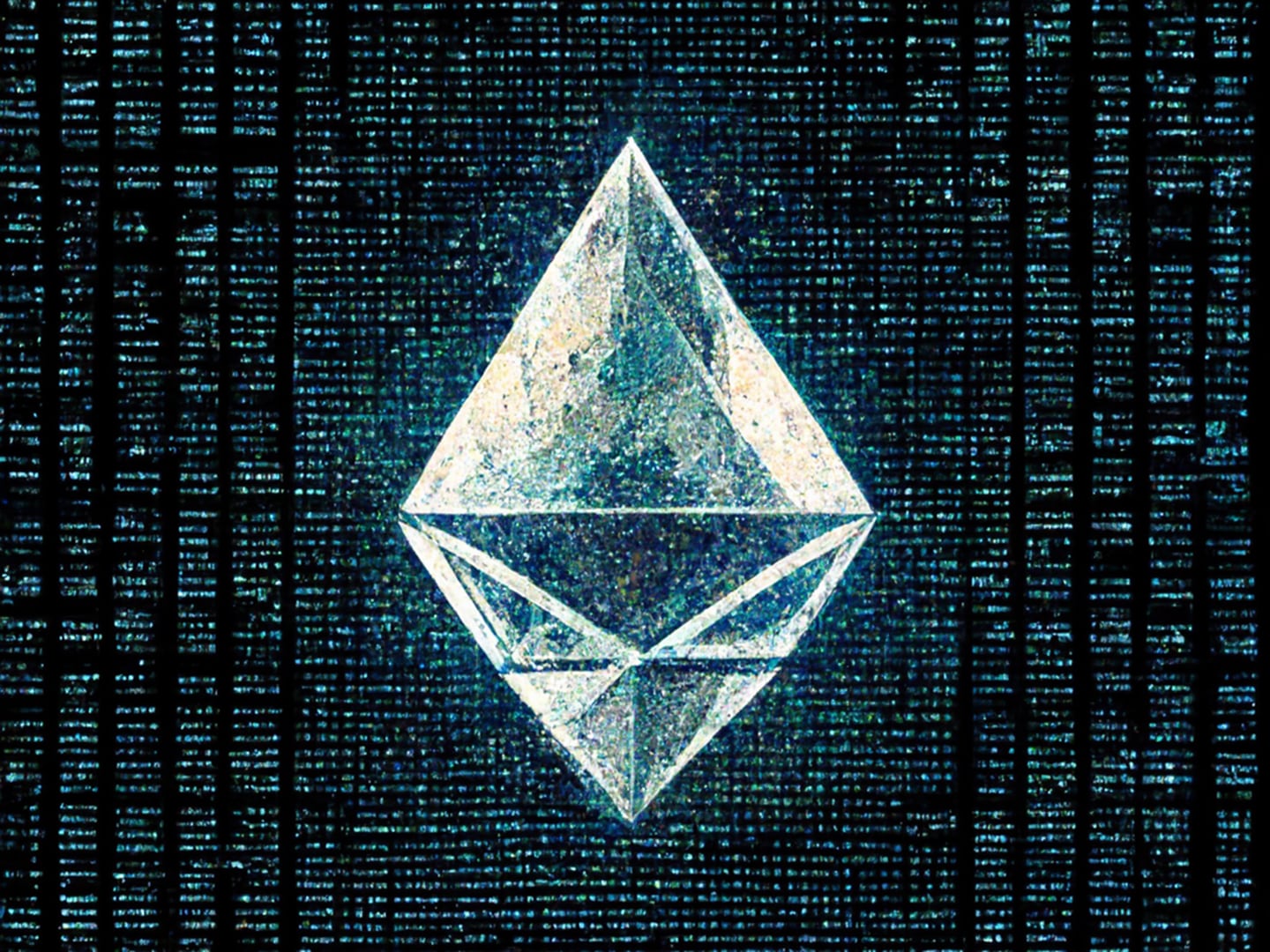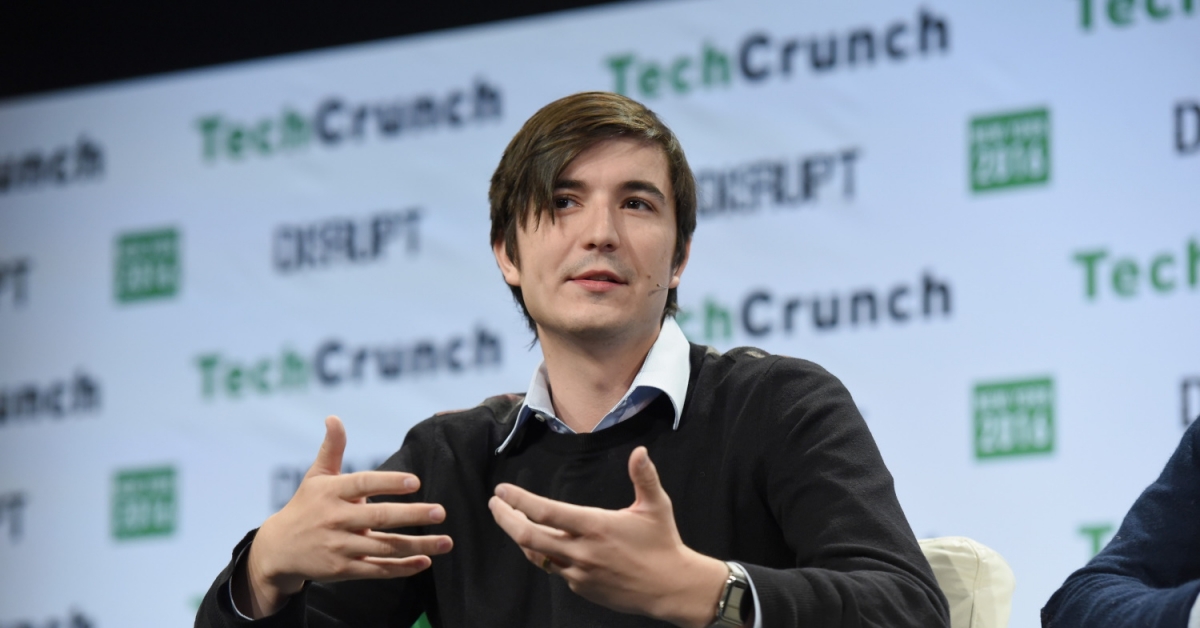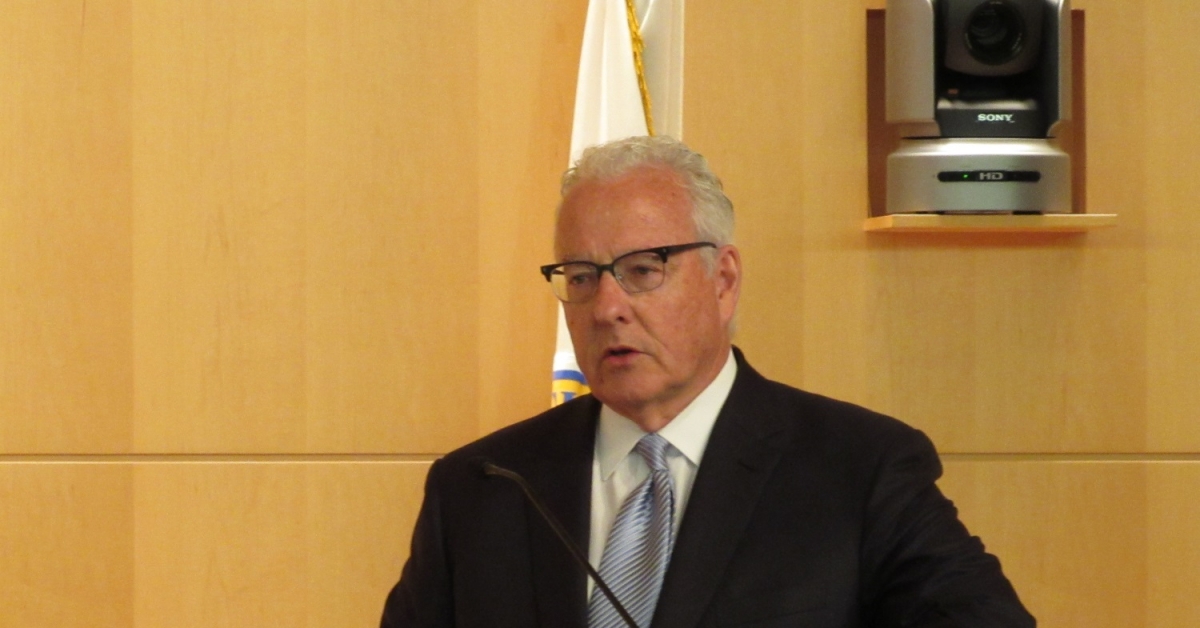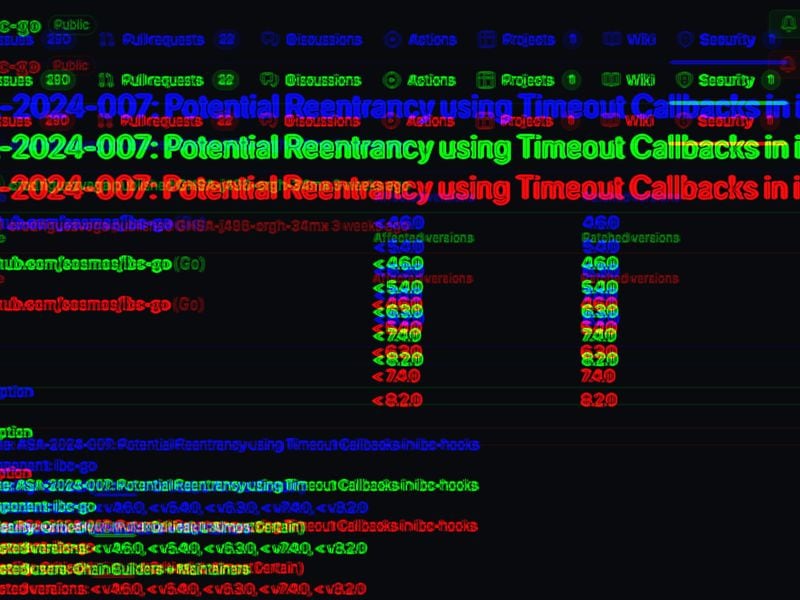Ethereum’s Shanghai Upgrade Activates, Starting New Era of Staking Withdrawals
Featured SpeakerDeep Dive: Ethereum
Protocol VillageAustin Convention Center

Join an hour long exploration of the advancements defining the Ethereum community in 2023.
:format(jpg)/www.coindesk.com/resizer/Kjea5zGf89qzyacI8fZ49yhnaks=/arc-photo-coindesk/arc2-prod/public/S7SPGELTNBFITA3UBCS2CMRBQM.png)
Margaux Nijkerk reports on blockchain protocols with a focus on the Ethereum ecosystem. A graduate of Johns Hopkins and Emory universities, she has a masters in International Affairs & Economics. She holds a very small amount of ETH and other altcoins.
Featured SpeakerDeep Dive: Ethereum
Protocol VillageAustin Convention Center

Join an hour long exploration of the advancements defining the Ethereum community in 2023.
Ethereum’s much anticipated Shanghai updated has activated, enabling the first-ever withdrawals of staked ether (ETH) and beginning a new era for the blockchain.
The Shanghai upgrade was triggered at 22:27 UTC, and is expected to finalize in two blockchain epochs, which will take about 14 minutes. The changes are also referred to as “Shapella” because of the two simultaneous upgrades happening on the blockchain’s execution layer (“Shanghai”) and consensus layer (“Capella”).
Although the contents of those data blocks won’t be validated for a few more minutes, staked ETH withdrawals are expected to start processing immediately, and stakers can request to withdraw their ETH as of now.
The much anticipated hard fork – essentially upgrading the blockchain by splitting off a new one – has been characterized by members of the Ethereum community as a historic milestone, completing its multi-year transition to a full proof-of-stake network, and follows last year’s successful “Merge.”
In a proof-of-stake system, users “stake” cryptocurrency as a form of guarantee to help secure and confirm new data blocks. Last year, the blockchain left behind its original proof-of-work consensus mechanism – the same one the Bitcoin uses – but until now users had been unable to withdraw their staked ether or redeem accrued rewards, a crucial feature of the new paradigm.
Digital-asset market analysts have speculated for months whether the Shanghai hard fork would be a catalyst for either a price rally or a crash: Will its success boost market sentiment, or will stakers redeem their ETH en masse and rush to dump their holdings?
In the minutes before the Shanghai upgrade, the ether (ETH) price was around $1,915, up 1.07% over the past 24 hours and inching closer to $2,000 for the first time since August 2022.
When Ethereum went through the “Merge,” the hard fork that switched out its old consensus mechanism from proof-of-work (PoW) to proof-of-stake (PoS), the project introduced a new breed of “validators” to keep the blockchain running. While the PoS consensus mechanism reduced Ethereum’s energy’s consumption by 99%, developers also believed that under PoS, the network would be more secure and would enable more decentralization.
“It’s always been our aim that Ethereum is something that is an army of tens of hundreds of solo node operators, not you know, three or four large pieces of data,” said Ben Edgington, product lead for Teku, a ConsenSys client for Ethereum. (A client is a software that runs the blockchain.) “I believe we have designed a protocol that enables that, which I think is a big step forward from PoW.”
Vitalik Buterin, the co-founder and mastermind behind Ethereum, wrote in a blog post in November 2020 that PoS would lead to “higher wealth concentration over the long term.” This is because in PoS, you just need ether to stake and can get more ether through staking. In PoW, you still earn ether, but need outside resources to do so. So over the long term, Buterin argued that PoS “coin distributions risk becoming more and more concentrated.”
In order to participate in the block validation process and secure the Ethereum network, validators have to “stake” at least 32 ETH by sending them to a smart contract where the funds are locked in. The more ETH a validator stakes, the more likely they will be tasked with proposing a “block” of data transactions to be confirmed on the blockchain. When a validator proposes a block and it is approved by the other validators, that validator gets an extra reward.
When the PoS chain was first launched, 32 ETH was about $15,000. Since then, ETH has appreciated tremendously, now about $58,000. The price gains represent one reason for the speculation that some investors might choose to sell their ETH – to book profits.
Not everyone has that amount of ETH lying around to be able to stake a full 32 ETH. So liquid staking providers came to be as an alternative, where users who wanted to participate in the staking process could contribute any amount of ETH they want, and third-party providers would stake that ETH and run the validator on behalf of the collective of clients.
Lido, the largest liquid staking provider, controls about 23% of all ETH staked. Coinbase, Kraken and Binance, some of the largest crypto exchanges in the world, control another 22% of staked ETH.
Shanghai: Unstaking now ready
There are numerous ways in which validators can unstake, though the two main types of unstaking are partial withdrawals and full withdrawals.
A partial withdrawal is when stakers take out the rewards they earned from staking but leave the original ether that was staked. Solo stakers running their own validators had to migrate their credentials to a 0x01 withdrawal credential. Without it, partial withdrawals can’t happen automatically.
Partial withdrawals became accessible when the upgrade was triggered (so the blocks didn’t need to finalize), allowing users to reap their long-awaited rewards immediately. However, Ethereum can only process 16 partial withdrawal requests in a single slot (which happens every 12 seconds). Depending on how many requests will occur, the queue for withdrawals could take hours.
“During the first few epochs, there most likely won’t be any partial withdrawals, as the first few hundred validators are all 0x00,” said Barnabas Busa, a DevOps Engineer at the Ethereum Foundation. This is because those are genesis validators who joined the network when the Beacon Chain went live, and thus have the old withdrawal credential set. (Long-time Ethereum devotees might be more interested in continuing to secure the network than cashing out.)
Full withdrawals – where stakers also redeem their original principal – went live at the same time, allowing validators to fully unstake their 32 ETH and any rewards they’ve accumulated. By exiting the chain, the validator stops participating in the block validation process and stops contributing to the security of the network.
Full withdrawals don’t happen automatically, so those validators that want to exit have to send a message to the blockchain to get added to the queue.
Staking services are on their own timelines for the release of staked ETH withdrawals. Coinbase said earlier they would start processing withdrawal requests for their stakers about 24 hours after Shanghai is complete. Lido said stakers won’t be able to retrieve their withdrawals until the protocol goes through another upgrade in May.
Since the Beacon Chain went live in December 2020, more than 18 million ETH has been staked (about 15% of total ETH supply). Now that Shanghai is live, about 1.1 million accrued ETH from rewards is eligible to be immediately withdrawn.
Market analysts have feared that the unlocking of ETH deposited into the Beacon Chain might start a rush by stakers to liquidate their tokens.
CoinDesk has also reported that there could be additional selling pressure from entities that are facing financial pressure. Bankrupt crypto lender Celsius Network could sell its staked ETH balance of 158,176 ETH, to recover a portion for creditors. Kraken, a U.S.-based crypto exchange, recently agreed to shut down their staking operations to settle SEC charges, thus likely having to unstake all of its 1.2 million ETH.
Some market analysts believe that selling pressure for ETH will likely be distributed over several days given the withdrawal queue, allowing buyers to watch and analyze the selling pressure.
What else is in Shanghai?
While staked ETH withdrawals are the main focus of Shanghai, there are also four smaller mechanisms to Ethereum (known as Ethereum Improvement Proposals or EIPs) that will improve gas fees for developers.
-
EIP-3651, which accesses the “COINBASE” address, a software used by validators (no connection to the popular exchange), at a lower gas cost. This code change to the blockchain could improve Maximal Extractable Value (MEV) payments for users;
-
EIP-3855, which enables “Push0,” a code that will lower gas costs for developers;
-
EIP-3860, which caps gas costs for developers if they use ‘initcode’ (a code used by developers for smart contracts);
-
and EIP-6049, which will notify developers of the depreciation of a code known as “SELFDESTRUCT,” which also reduces gas fees.
Note: This article will continue to be updated.
DISCLOSURE
Please note that our
privacy policy,
terms of use,
cookies,
and
do not sell my personal information
has been updated
.
The leader in news and information on cryptocurrency, digital assets and the future of money, CoinDesk is a media outlet that strives for the highest journalistic standards and abides by a
strict set of editorial policies.
CoinDesk is an independent operating subsidiary of
Digital Currency Group,
which invests in
cryptocurrencies
and blockchain
startups.
As part of their compensation, certain CoinDesk employees, including editorial employees, may receive exposure to DCG equity in the form of
stock appreciation rights,
which vest over a multi-year period. CoinDesk journalists are not allowed to purchase stock outright in DCG
.
:format(jpg)/www.coindesk.com/resizer/Kjea5zGf89qzyacI8fZ49yhnaks=/arc-photo-coindesk/arc2-prod/public/S7SPGELTNBFITA3UBCS2CMRBQM.png)
Margaux Nijkerk reports on blockchain protocols with a focus on the Ethereum ecosystem. A graduate of Johns Hopkins and Emory universities, she has a masters in International Affairs & Economics. She holds a very small amount of ETH and other altcoins.
Learn more about Consensus 2023, CoinDesk’s longest-running and most influential event that brings together all sides of crypto, blockchain and Web3. Head to consensus.coindesk.com to register and buy your pass now.
:format(jpg)/www.coindesk.com/resizer/Kjea5zGf89qzyacI8fZ49yhnaks=/arc-photo-coindesk/arc2-prod/public/S7SPGELTNBFITA3UBCS2CMRBQM.png)
Margaux Nijkerk reports on blockchain protocols with a focus on the Ethereum ecosystem. A graduate of Johns Hopkins and Emory universities, she has a masters in International Affairs & Economics. She holds a very small amount of ETH and other altcoins.








